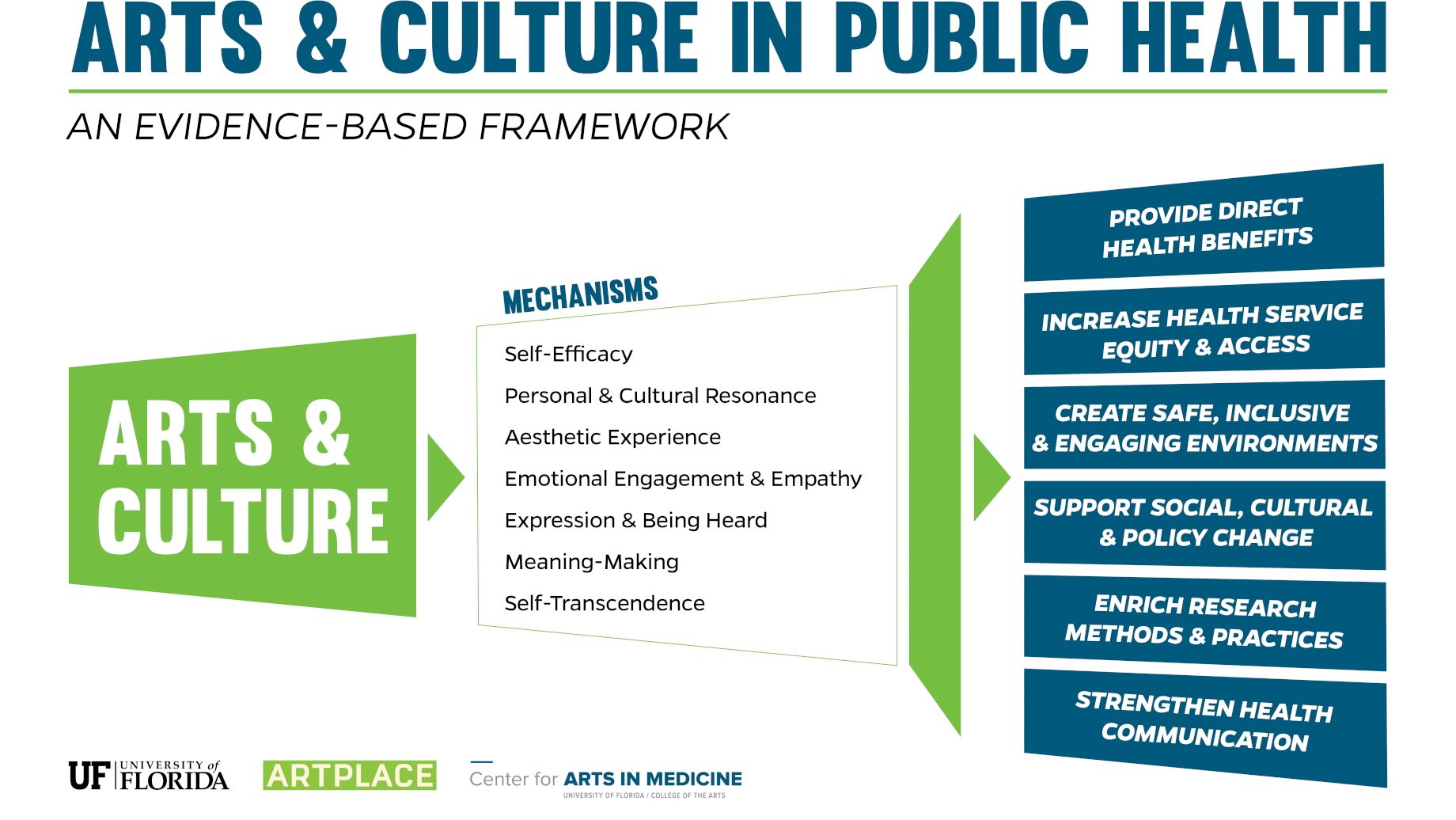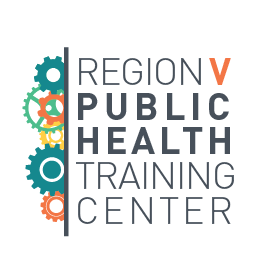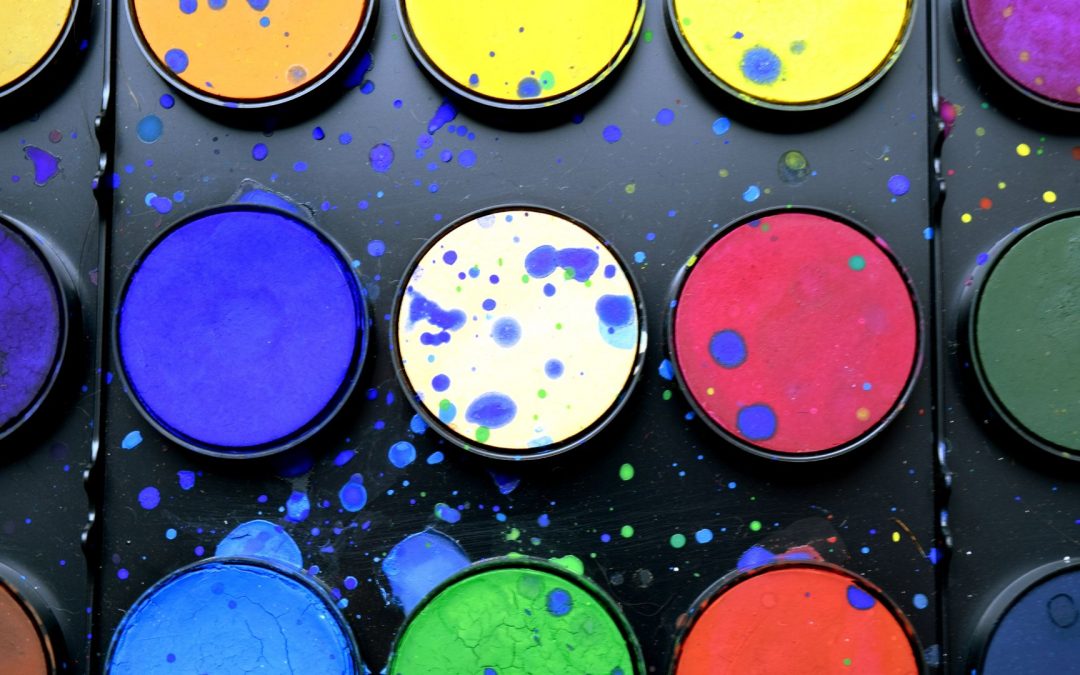Featured image source: Canva
This post comes from Sydney Gallagher at Saint Louis University. Gallagher is a student in the 2022 RVPHTC field placement program.
As students and practitioners of public health, as in any field, understanding how to leverage a variety of tools and resources is critical. Especially within the age of technology, the public health toolbox has certainly expanded over recent years. While these technological developments are quite valuable and useful, I wonder if these high-tech tools have overshadowed some equally valuable, useful, and perhaps more widely accessible tools for public health practice—like art.
In one of my undergraduate classes, I learned about a public health tool, often used for community assessment, called “photovoice.” Photovoice is a practice that helps to empower participants and offer an avenue to call for change through photography. While this particular practice requires technology—a camera—it made me wonder what other kinds of art could be, or already have been, utilized for public health purposes.
I discovered that several art forms like dance, painting, music, sculpture, and many more are potential forms that could be used in public health settings. I also found that there is a growing evidence base that supports art as an effective way to directly improve health. In particular, art has been especially valuable in the areas of collective trauma, racism, social isolation, mental illness, and chronic illness (ArtPlace America).

Image source: Creating Healthy Communities: Arts + Public Health in America – Evidence-based Framework (University of Florida)
While I’d like to share all of the amazing outcomes of art-based interventions that I studied, I will just highlight a few that stood out to me: watching a live music or theater performance was associated with feelings of social connection; participating in Dance Movement Therapy (DMT) helped to improve body image in patients with eating disorders; and sculpting gave patients with arthritis an opportunity to explore and share their experiences.
Art has applications in clinical, patient focused, and therapeutic forms as well as in health communication, education, and advocacy settings. I have been surprised by how little I have learned about—or even heard of—applications of art in public health given the versatility and expansive potential.
As I have progressed through my public health education, I have repeatedly heard about the importance of breaking down silos both within the field itself and between public health and other fields. This multidisciplinary approach seems like the perfect stepping stone towards that long-standing goal. Additionally, given the universal nature of many art forms, art is a powerful tool to employ to call for system-wide change.
I was happily surprised by the various art-based interventions that have already been implemented that I came across in my recent search. However, I hope that public health professionals continue to remember the potential applications of art in their practice even if they have easy access to technology. Those who have the platform to teach rising health professionals, I encourage you to share these tools with your students. Finally, I hope that other future public health professionals, like myself, will take time to explore the vast potential of art as assessment, intervention, and so on, and be open to stepping away from the comfort of technology when necessary.
More Resources:
- University of Florida Research Database Arts In Medicine
- University of Florida Arts In Medicine Creating Healthy Communities: Arts + Public Health in America Framework
- Art Place America
- Introducing the HPP Arts in Public Health Supplement

